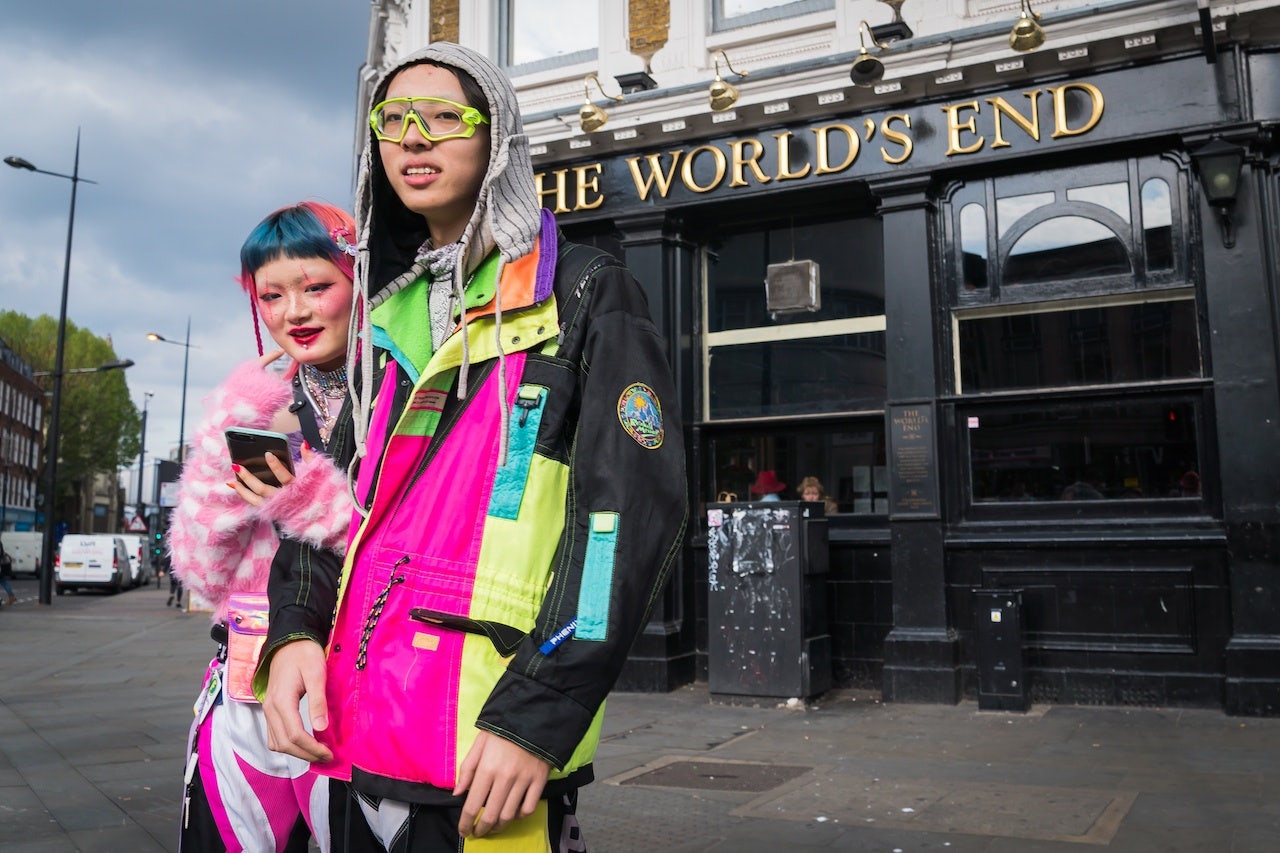August 29 was a special date for China’s hip millennials because it marked the opening of Yo'Hood: the biggest streetwear show in China, otherwise known as the Complexcon in China, where you can spot kids wearing anything from head-to-toe Supreme to oversized shirts and dad shoes. Hosted by the youth-oriented commerce and media platform Yoho!, the show produced lines that snaked two streets away from the entrance, where scalpers hawked tickets to desperate trend chasers.
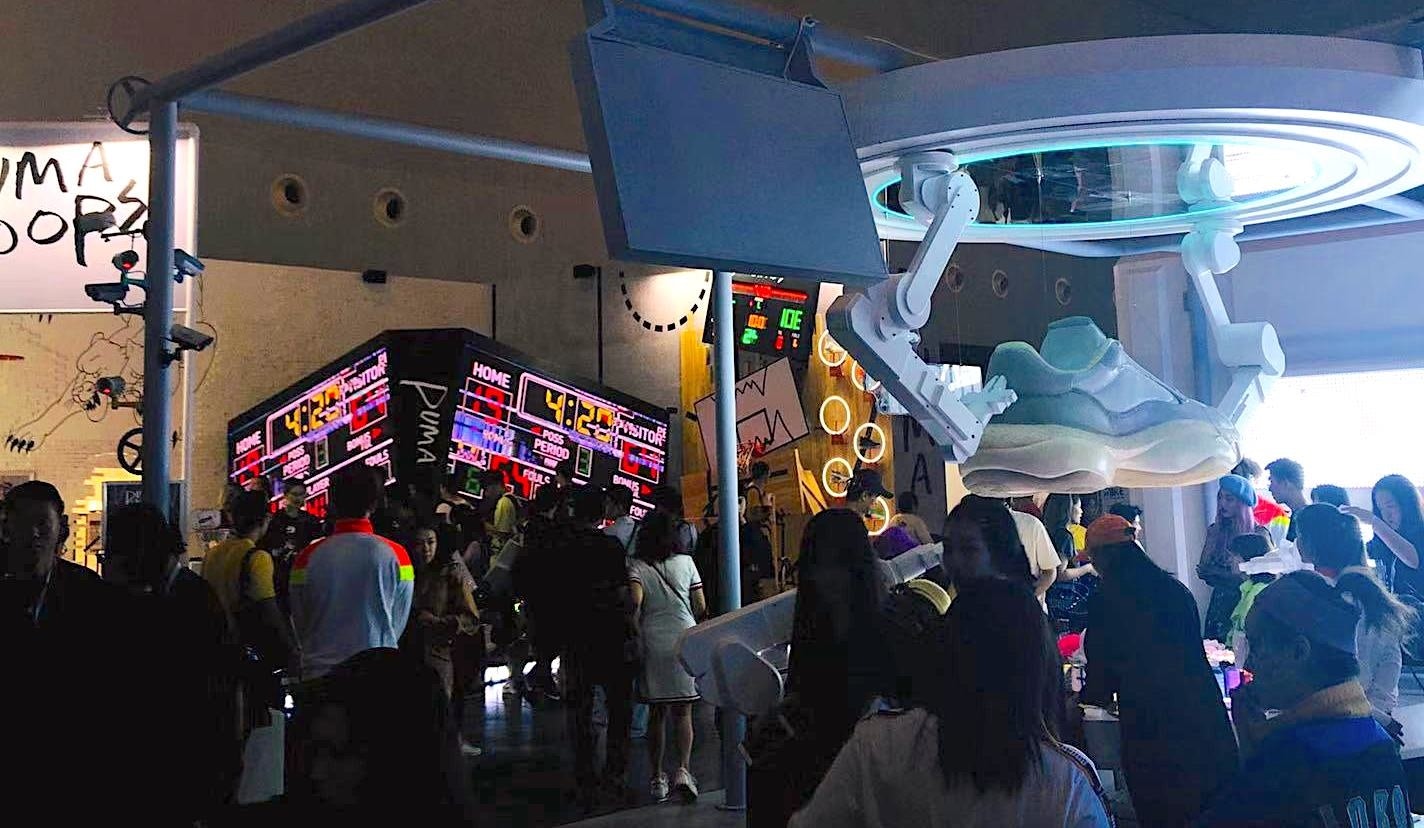
Inside, huge props like massive shoes, an oversized octopus, and a building made to look like a spaceship transformed the venue into a fantasy world. Kids posed for selfies or live streamed for fans in front of them. For the fair, brands put their most creative foot forward. The skateboard shoe brand Vans built a skateboard park, the athletic brand Puma installed basketball hoops where attendees could perform dunks, and even staid luxury brands like Montblanc and Hennessy came with a more-youthful-than-usual image.
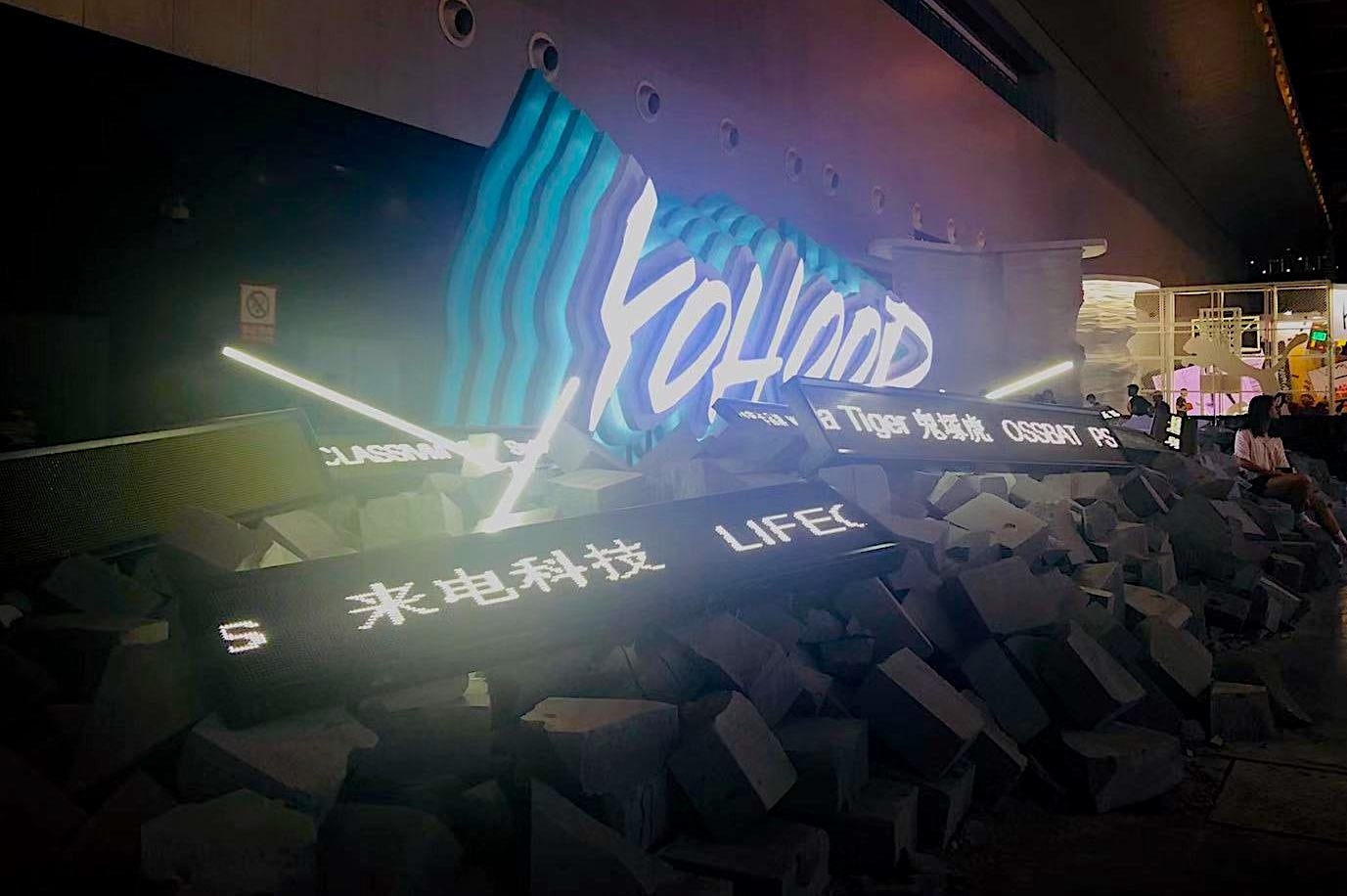
This year’s Yo'Hood was the 7th version of the annual event, which now extends through the weekend and encompasses special parties throughout Shanghai. The fair now draws more than 57,000 visitors, yet veteran attendees were complaining that it’s gone too mainstream. “Personally, I liked last year’s better,” said one streetwear brand owner. “It had a lot more homegrown Chinese streetwear brands.” He also complained about the show’s lack of focus and how visitors can easily get lost. “The scene seems to be largely driven by FOMO,” said Henry Li, an event attendee who also works in the creative industry, as he pointed toward a long line of kids forming outside to get freebies. Many vendors also required visitors to add their brand’s WeChat account before they could participate in branded games — even before they knew anything about the brand itself.
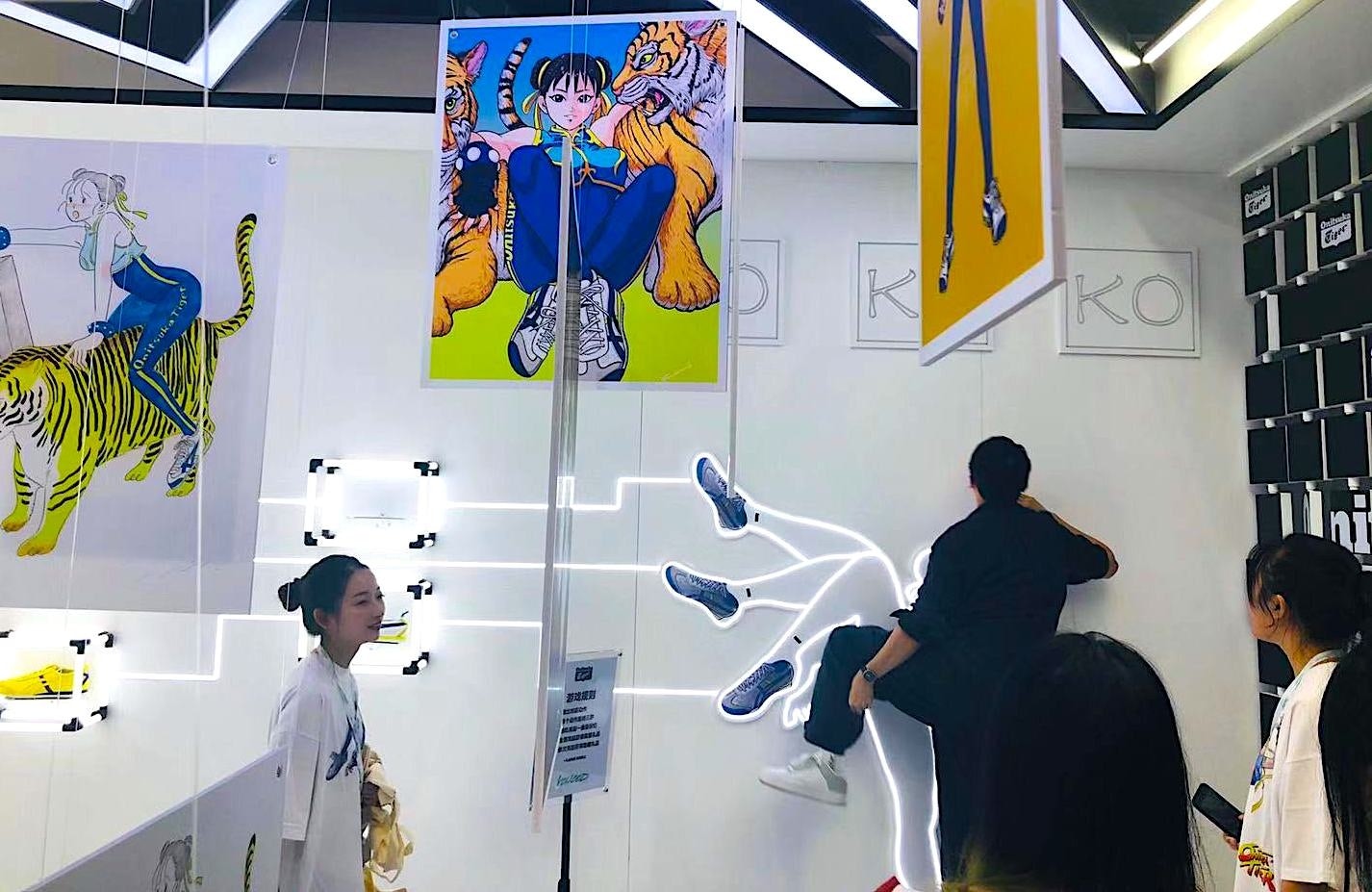
Nevertheless, the Yo'Hood phenomenon is an apt symbol of the current streetwear scene in China. Since 2017, thanks to reality shows like “The Rap of China” and “Street Dance of China,” streetwear rose from the underground to become a mass-market industry, and young consumers rushed to buy all the logos their favorite celebrities were wearing. As streetwear grew in China, it became apparent that two different crowds were forming — those who followed streetwear trends because they were becoming popular and those who valued streetwear as a way of look unique and oppose the mainstream. This is the central conflict for streetwear in today’s China.
Mia Kong, the newly appointed fashion director of Dazed China and a trend influencer, broke down the definition of streetwear for Jing Daily, saying “it used to be you dressed up to your interests, punk or rock... an expression of what you like.” This is the definition of streetwear in the West or with hardcore streetwear fans in China, where clothing expresses a hobby as with Supreme and skateboarding or Stussy and surfing. But in China, the mainstream streetwear trend grew opposite of this, where the clothing is discovered via mainstream media the culture behind it is understood later (or never understood at all).
2017 was an important year for Chinese streetwear. Thanks to reality shows, mainstream consumers suddenly took interest in it, and therefore, so did opportunity-seekers. “It quickly took off when we saw a lot of people selling their own streetwear brands via WeChat and targeting people from third or fourth-tier cities in China,” said Jiang Yisen, co-founder of the Chinese streetwear e-commerce app Wargo. Many of those WeChat brands were operated by individual vendors without an online storefront like Taobao, and while this form of selling is convenient and mirrors early underground streetwear sales in the West, buyers have no way to verify those products and assure their authenticity.
After the death of self-made WeChat brands, Taobao became the dominant platform for streetwear brands wanting to strike it rich, but now the third-party platform has become still somewhat limited. “Streetwear brands want to identify themselves beyond a Taobao store now,” said Yisen, who revealed that many brands want to enrich their content and positioning to fulfill consumers that want more meaningful purchases.
Xiaozhu, the founder of the brand Graf, sensed a similar shift in consumer trends. She started her business on Taobao in 2014 with a consumer age range between 18 and 30. Back then, she said customers used to be more concerned with prices (preferring knock-offs below 100 yuan) but now value unique designs more. “They are constantly looking for authentic brands,” Xiaozhu said.
This shift toward authenticity and quality design is vital to understanding how the streetwear market in China is shifting. Many streetwear brands walk a fine line between knocking off and playing off existing icons or brands. “A knock-off is sticking a Mickey Mouse to your shirt,” Xiaozhu explained, “while a play-off is Kaws’ tribute to Kate Moss.” Given the large counterfeit culture in China, this nuance was often lost. As the streetwear audience in China has become savvier about counterfeits, they’ve started to crave authentic brands, and they want storytelling to fuel that need.
A poster child for authentic streetwear labels in China is the brand CLOT, and its founder, Edison Chen, is often labeled “the Godfather of streetwear in China,” thanks to his determined efforts to put Chinese culture on the world stage. Chen gained prominence as a hip-hop artist and actor but left the entertainment industry after a series of scandals. For his second act, Chen went on to build a streetwear brand from the ground up, with his company earning an impressive $10 million in 2016. CLOT’s designs are often infused with traditional Chinese designs or elements as a way to authentically put his own identity into the brand. In addition, Chen’s successful comeback story, which unfolded as the streetwear trend was just emerging, helped imbue the style with an underdog spirit.
In China, Chen's story was a key part of building his brand, similar to how many Japanese streetwear icons like Hiroshi Fujiwara and Nigo started their own brands. Yisen adds that his next goal is to dive deep into content by telling stories about his listed brands. “We want to be the Chinese Donda,” said Yisen, referencing the creative incubator started by rapper Kanye West. “Customers can meet the Chinese Virgil and witness the birth of a Chinese Supreme through us.” Graf’s Xioazhu echoed a similar desire. As a hip-hop fan herself, she brings rappers from the West coast to perform in China as a way to bridge cultures and fill in the context behind every purchase her customers make.
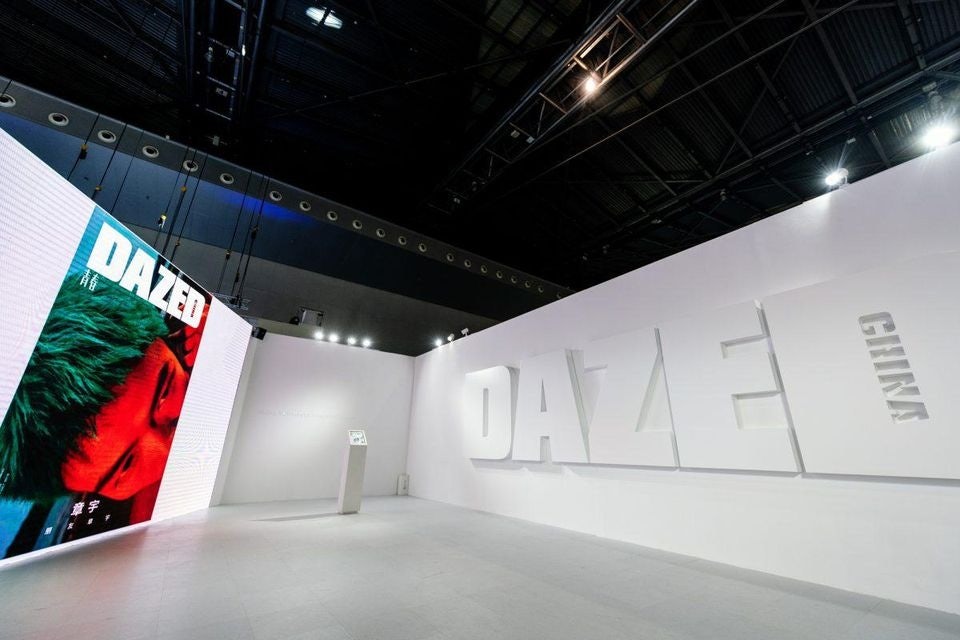
Now more than ever, Chinese youth are looking for direction in this market, and media groups have begun to realize this. Media companies like MilK and Hypebeast now have large followings in China, and fans also welcomed the launch of Dazed China at the opening of Yo'Hood this year thanks to a licensing deal with Yoho! and the cult youth magazine Dazed and will likely showcase Eastern youth culture.
As Chinese interest in streetwear continues to grow, it offers opportunities for brands and the media alike who are willing to invest in proper storytelling. Although the spirit of streetwear didn’t originate in the East, the growth of it will likely continue to thrive there as creators focus more and more on the meaning behind it.
